Units generated:
ACCU
Purchased by:
Commercial in confidence
Project proponents:
Australian Integrated Carbon
Land management activities:
Management of the timing, and the extent, of grazing
Verification doc
ACCU Project and Contract Register
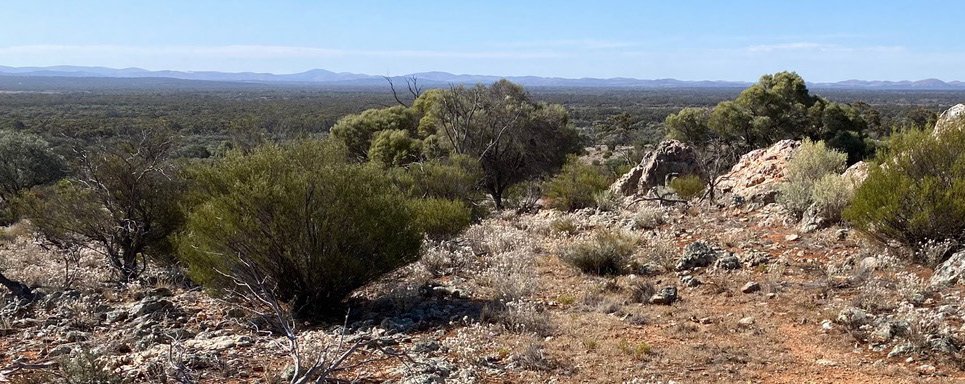
South Australia
Active
Units generated:
ACCU
Purchased by:
Commercial in confidence
Project proponents:
Australian Integrated Carbon
Land management activities:
Management of the timing, and the extent, of grazing
Verification doc
ACCU Project and Contract Register
Over the past 21 years, Buckleboo Station has gone from set stocked and over-grazed to a state winner of the South Australia Landcare Award for Sustainable Agriculture and is now a national finalist, with the awards announced in September.
Managed by Paroo Pastoral Company, and for the past six years under the eye of station manager James Kerr, the property has taken up the mantle of a modern and sustainable agriculture business.
It was not an easy feat or overnight wonder. The 100,255ha pastoral property has faced two droughts (one ongoing), commodity price drops, and required extensive fencing and watering point reconstruction, feral management and some patient land rehabilitation and new grazing regimes. Station Manager James Kerr said it’s incredible as to what’s been achieved in four years.
“The property was in poor shape four years ago, the method of ngrazing for the past 100 years had removed most of the palatable grasses. After three years of drought, we all decided we never want to see the station look like that again,” Kerr said.
“We knew we needed to give the station time to recover, build some resilience and we knew we had to change how we managed and graze.
“The idea of a carbon project came up because it was an option that gave us some outside investment and time to focus on regeneration.”
Since starting the project, General Manager James Wright said Buckleboo had hosted two open days, with the local SA Arid Landscapes Board.
“We’ve had people come who have seen this station at its worst and who can’t believe the change,” Wright said.
As part of the process, Buckleboo has also secured the consent and support from the local Traditional Owners, the Gawler Ranges Aboriginal Corporation. A number of GRAC members have visited to see the carbon project and see the management practice changes, and share their own unique knowledge of the area.
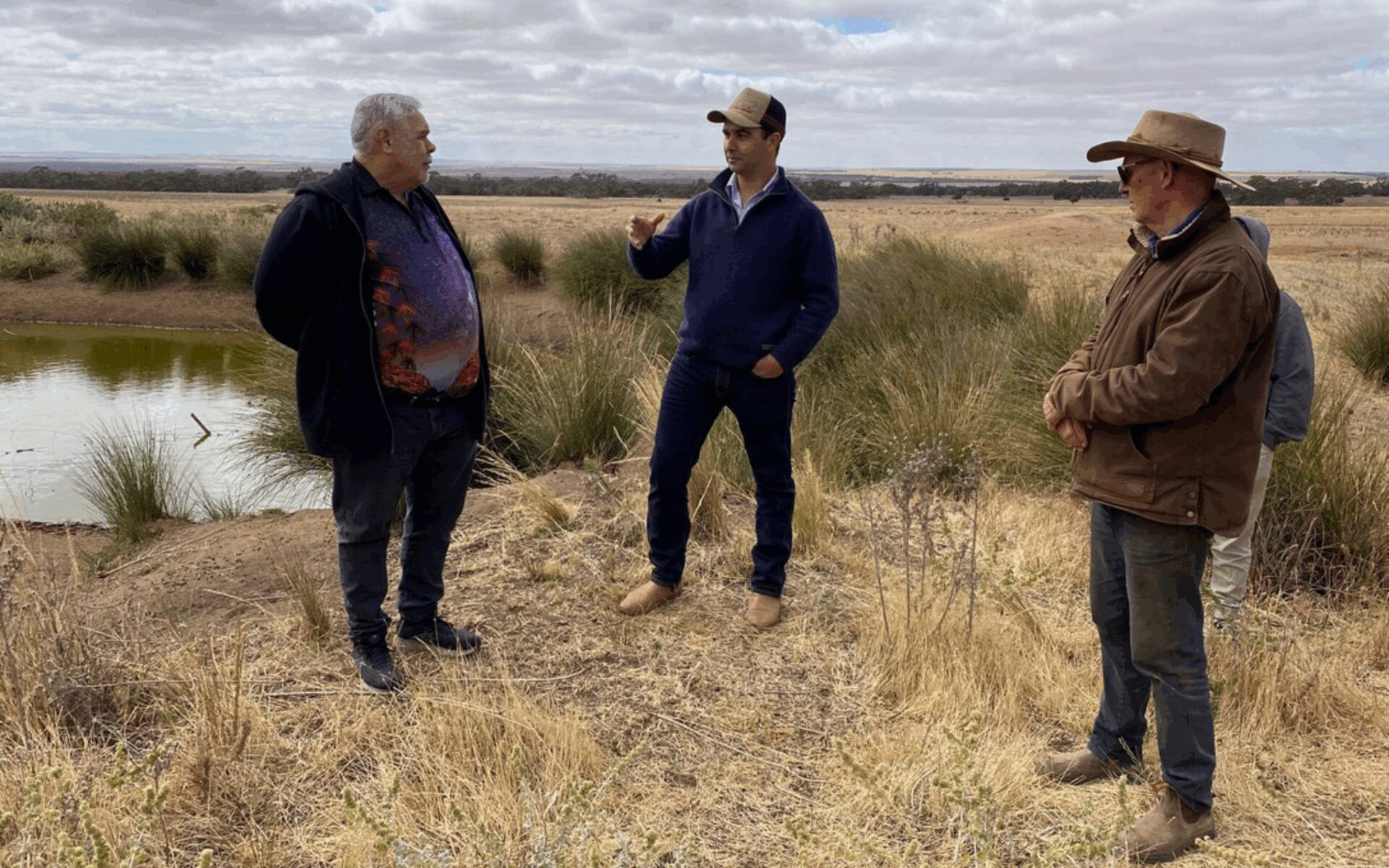
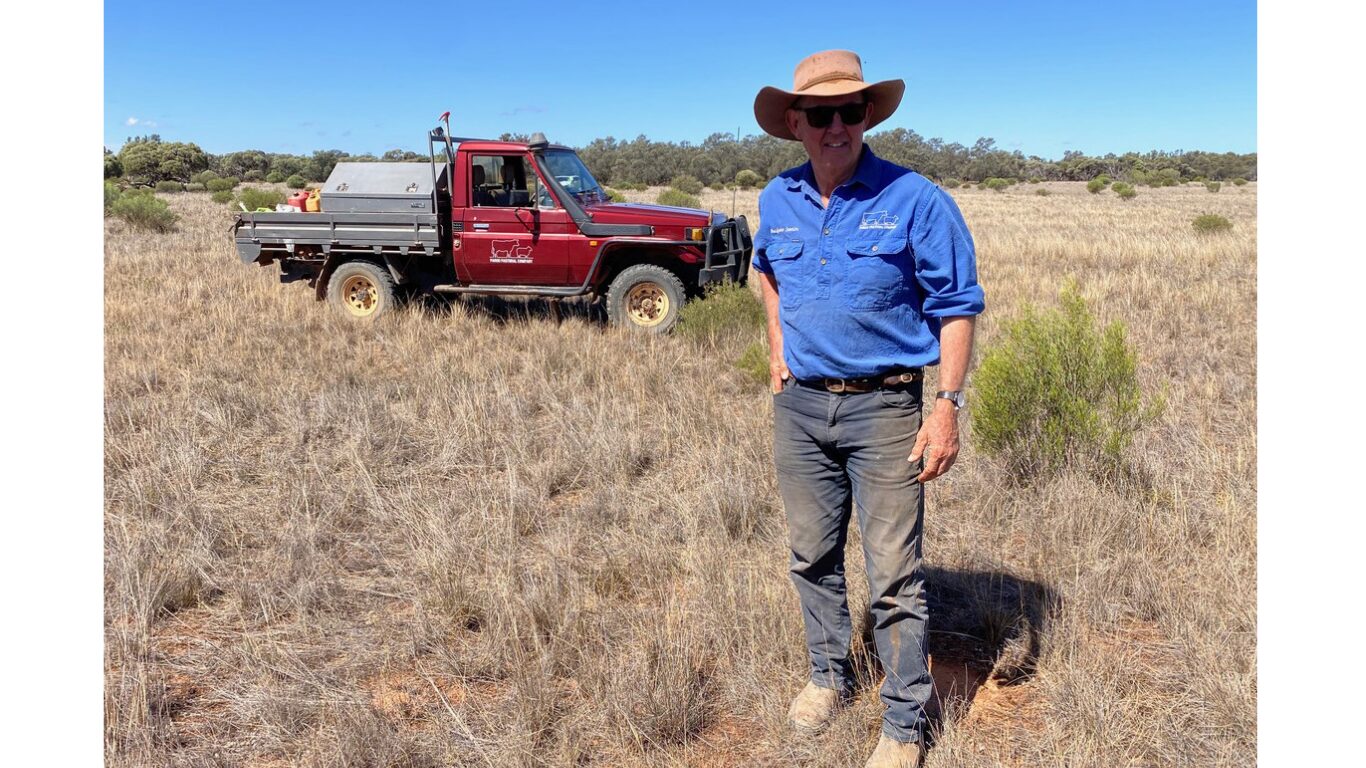
Kerr has coined the term “long-rest grazing”, which is central to the Human Induced Regeneration carbon project, and part of a 5-year Ecologically Sustainable Rangelands Management (ESRM) Environment Plan commissioned for the station.
They changed from set stocking to long-rest grazing.
The dorper ewes now run in one mob, and the station has been subdivided into six grazing areas of about 16,000ha. Each area is grazed for three months followed by 15 months complete rest. Goats have also been removed.
Every watering point has a trap yard around it and more watering points are being planned to ensure even grazing of each area.
Badly degraded scalded country has been treated with a crocodile seeder to divot the surface with the aim to slow down the flow of water and re-hydrate the soil. These areas will be closely monitored to determine if the native grasses return.
New technology has also been adopted for key project outcomes. Ceres satellite tags are being used to monitor livestock movement, as well as NDVI (Normalized Difference Vegetation Index) satellite imagery to show vegetation cover. NDVI has been adopted widely across rangelands as a valuable tool for assessing vegetation health and density.
There’s also remote satellite monitoring of water storage tanks and soil probes to measure moisture available to plants in a range of different soil types.
Ultimately, they hope to see ground cover increase from 20% to 70%. This will reduce water and wind erosion and significant production advantages due to increased water infiltration, good microbial activity, improved soil structure and buffering from extreme temperatures.
Central to the HIR project are efforts to regenerate the Chenopod brushlands and native vegetation. The results are already evident. Kerr points to recent NDVI monitoring that shows a biomass increase from 250kg per hectare in 2021 to 1400kg per hectare in 2025.
In visual terms, grasses are slowly returning, as well as other vegetation layers, including hop bush, blue bush and salt bush.
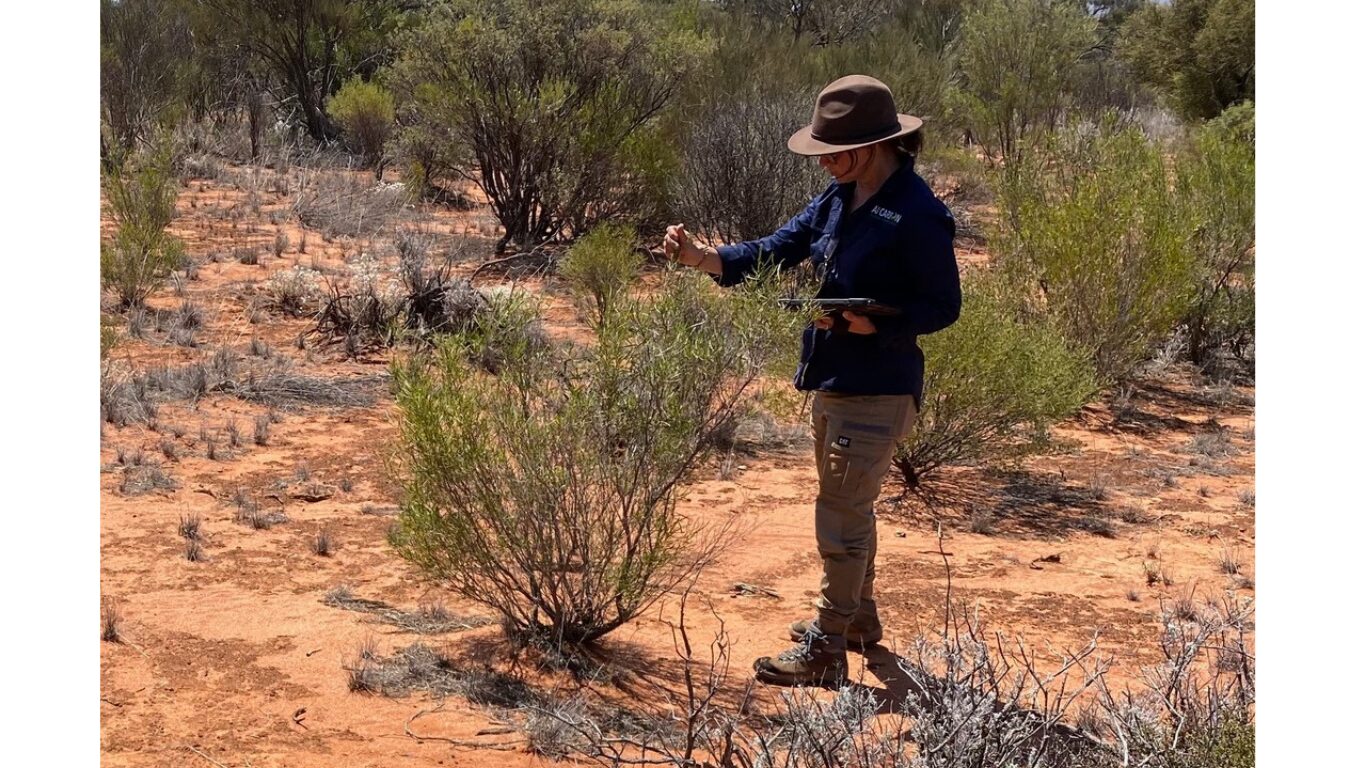
Wright acknowledges that Buckleboo is not like other family-owned pastoral businesses. Paroo Pastoral Co is one of the companies in a larger group, under the banner of the Light Force Group.
“It’s not a cheap process. It’s been three-years without an income generated from the carbon project, but we know it will come. Hopefully we’ll see the first ACCUs before end of year.”
“But we have had the benefit, and we are very fortunate there is a group of businesses, who are forward-thinking and innovative, within the Light Force Group,” James Wright said.
“We’ve also been very lucky to have other properties in the mix, because with the ongoing drought we have dramatically dropped stock levels and have run at a loss on this station for a couple of years.
“But at the same time, this property has held up against drought like never before. We’re all, including James [Kerr] not stressing as much as we have done previously. It’s not just environmental benefits; we’re also benefiting in terms of mental health and wellbeing.”
Wright said the addition of new technology and satellite reporting to verify project outcomes is also demonstrably showing the property rehabilitation.
“We were one of the first properties where our carbon project managers, AI Carbon, decided to use drone lidar across the whole property,” he said.
“As well as the satellite and drone lidar, they’ve also under-taken ground-truthing with a backpack lidar they take around.
”Property manager James Kerr has been sharing some of the mapping results and images on social media and recently in a presentation at the International Rangeland Congress, held in Adelaide in June 2025.
The improved technology and ground-truthing are proving beneficial, with latest results showing a 20 per cent increase on earlier modelled estimated sequestration
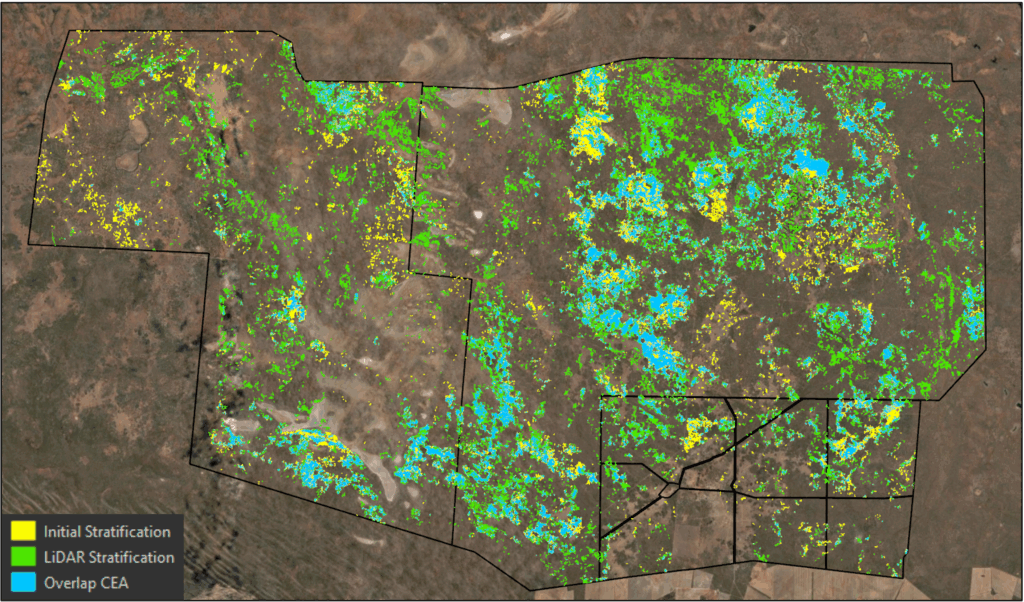
Once the carbon project starts providing an income, Wright said the plan is to reinvest in the property.
“Water security is a big issue here and we want to do some work to improve our drought resilience well into the future – so that’s at the top of the wish list,” he said.
Twelve monitoring sites are also being constructed across the station to monitor the changes in vegetation.
Buckleboo Station is also waiting on the Integrated Farm and Land Management (IFLM) method to be approved, as a new ACCU Method.
“We definitely want to be able to measure other carbon pools we have, like livestock emission avoidance. But we also want to measure and get the rewards for the biodiversity benefits we’re seeing,” Wright said.
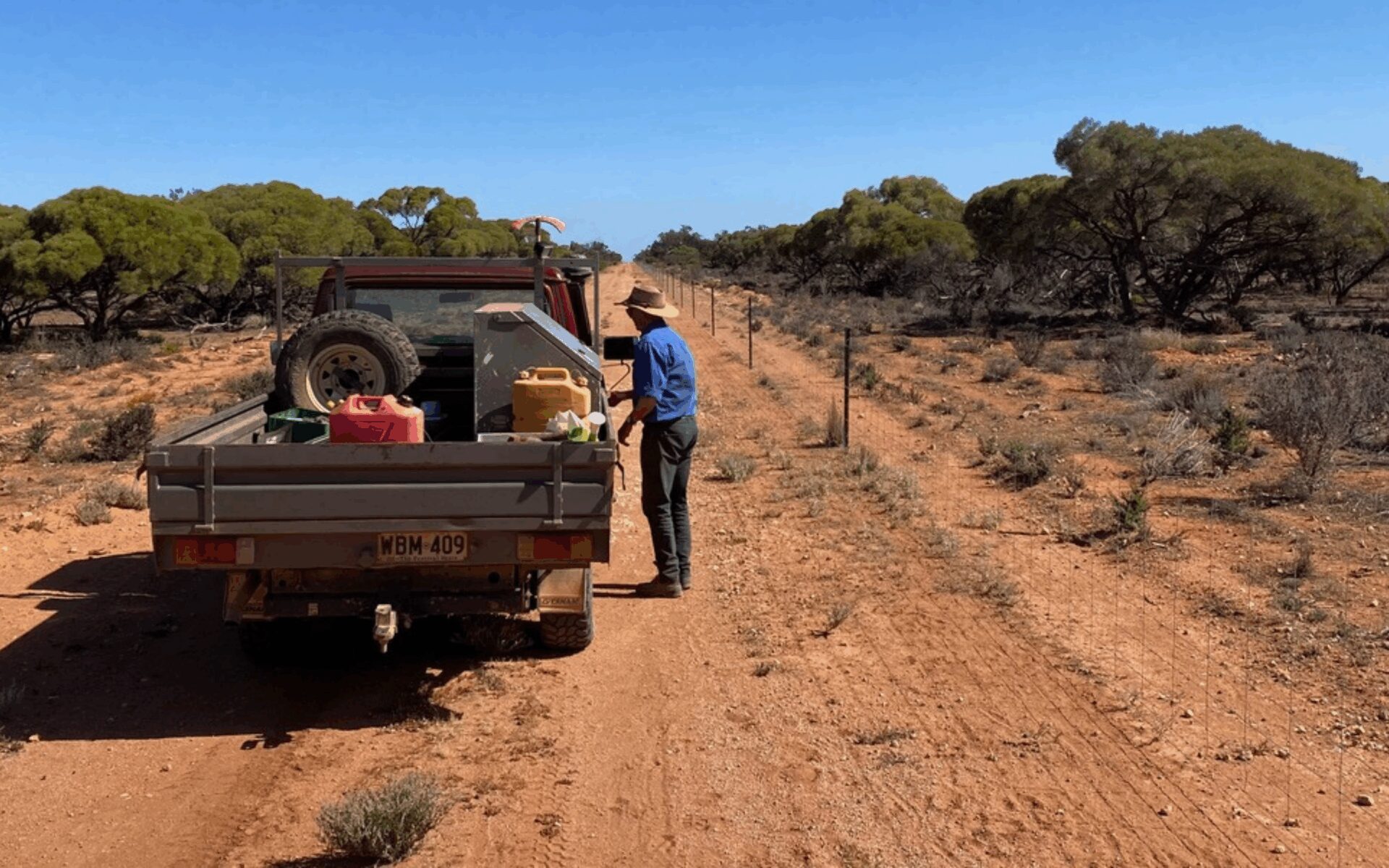
Lead Contact
Adam Townley
Chief Executive Officer
Address
Level 2B, Building C/114, 120 Old Pittwater Road, Brookvale NSW 2100